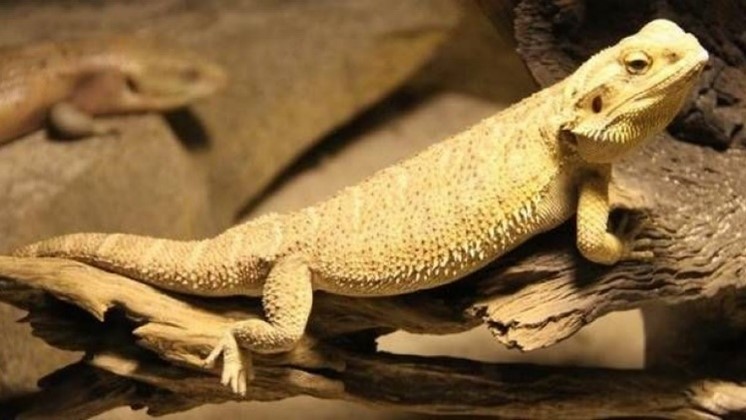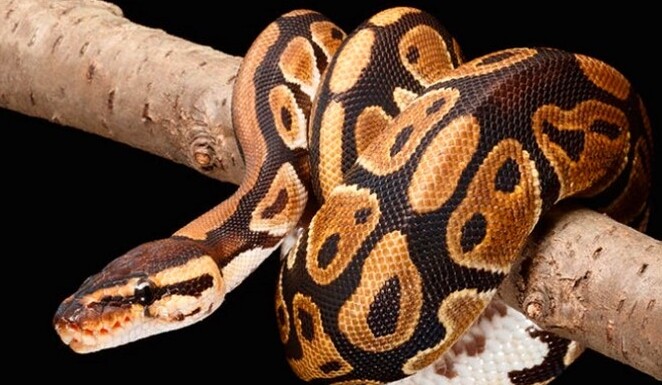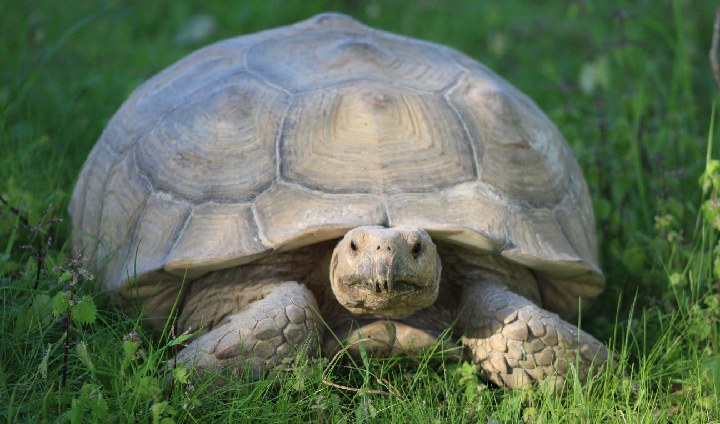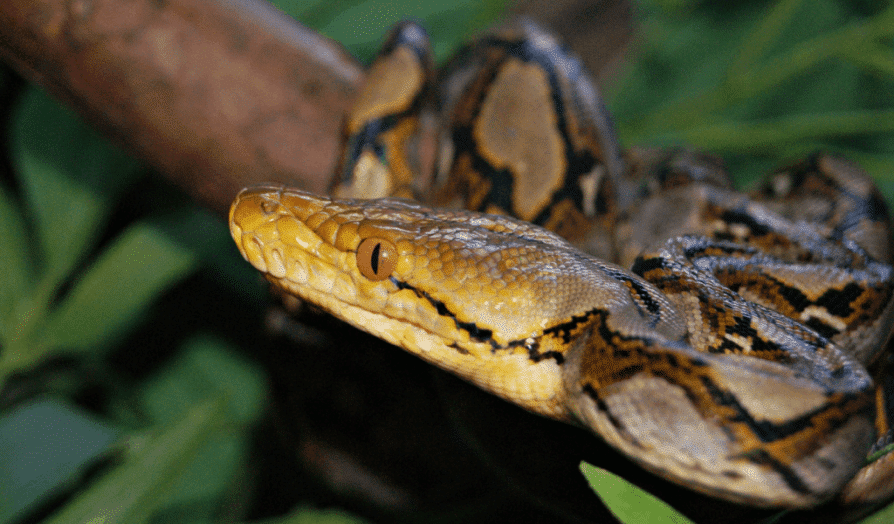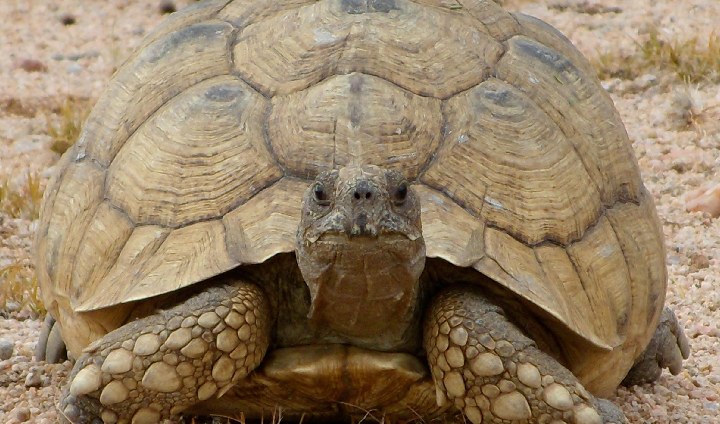Diet: they are opportunistic omnivores that consume insects such as crickets, grasshoppers, cockroaches or small lizards and vegetation.
Reproduction: Bearded dragons reach sexual maturity at 1 to 2 years of age. Mating occurs in the Australian spring and summer months, from September to March. However, dragons in captivity do not appear to be seasonal and can breed throughout the year. Females dig a burrow and lay up to 24 eggs per clutch and up to 9 clutches per year. It is also known that females store sperm and can lay many clutches of fertile eggs in a single mating. Under captive conditions, the eggs will hatch in 55 to 75 days.
Distribution and Habitat: Lives in dry, wooded areas of inland Australia.
Behavior: The beard of the dragon is used for both mating and aggression displays. The beard becomes dark and swells during display. The bearded dragon may also open its mouth and gape, as well as puff out its beard to appear more intimidating. Another interesting behavior is swinging arms. The bearded dragon stands on three legs and swings one of its forelimbs in a slow circular pattern. This behavior is associated with the recognition of individuals of the same species. Arm waving is also used to show submission. A small bearded dragon will respond by waving its arm when confronted with a larger, more dominant one. Females also wave their arms to avoid aggression from males, especially if the male is shaking his head.
Conservation Status: Least Concern
Scientific name: Pogona vitticeps
Class: Sauropsida
Order: Squamata
Family: Agamidae
Dimensions: 33 to 60 cm long
Weight: 280 – 510 grams
Longevity: 15 to 20 years in captivity


